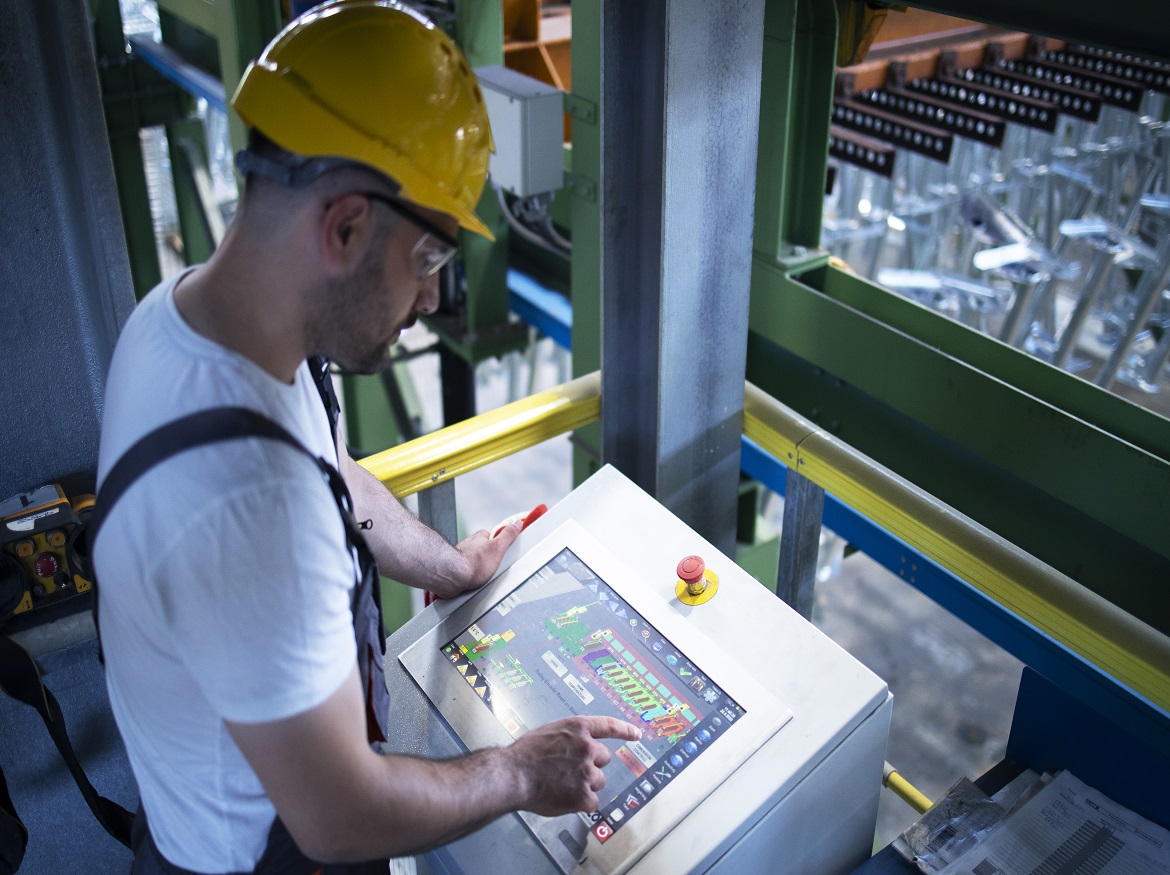Introduction
Manufacturing businesses have faced a growing issue in recent years: how to maintain and enhance the quality of their products while also increasing productivity and cutting costs. In this case, predictive quality analytics can be useful. By utilizing cutting-edge technology like artificial intelligence (AI) and machine learning (ML), which has dramatically increased productivity and profitability, manufacturers can now identify and avoid quality concerns before they develop.
Quality Control and Predictive Quality Analytics
Traditionally, manufacturers have relied on quality control systems to ensure that their products meet essential standards. This often involves inspecting a sample of the products to verify for any faults or non-conformities at the end of the production process. However, there are a few problems with this tactic. To begin with, it is ineffective at preventing problems from occurring altogether and is only good for identifying them once they have already occurred. Especially for large-scale businesses, inspecting each product manually can be time-consuming, expensive, and prone to human mistakes.
The use of data and analytics to identify patterns and trends in manufacturing processes, on the other hand, enables producers to foresee and thwart quality issues before they materialize. To do this, it is possible to analyze data from a variety of sources, including sensor readings, machine logs, and quality control inspections. Manufacturers can use AI and ML algorithms to spot patterns and anomalies in data that indicate potential future quality issues and take preemptive action.
Benefits of Predictive Analytics Quality in Manufacturing
The ability to detect and avert quality issues before they arise is one of the key benefits of using predictive analytics technologies in manufacturing. This can significantly reduce the production of defective goods, improve the quality of the entire product line, and boost customer satisfaction and loyalty. Additionally, by identifying and resolving quality issues early in the production process, producers can avoid wasting time and money on rework and scrap.
Another key benefit of predictive quality in manufacturing is its ability to boost production efficiency. By identifying bottlenecks and inefficiencies in the production process, manufacturers can make adjustments and improvements to boost productivity and reduce costs. Additionally, companies can improve manufacturing operations by using data and analytics to track KPIs like Overall Equipment Effectiveness (OEE) and reduce downtime while increasing overall equipment efficacy.
Leveraging AI/ML in Predictive Quality Manufacturing
Predictive analytics quality management is primarily facilitated by the use of artificial intelligence (AI) and machine learning (ML) techniques. Predictive algorithms can become more accurate and effective over time as they process more data with the help of these technologies. Predictive quality manufacturing can also be integrated with other cutting-edge technologies like the Internet of Things (IoT) and big data analytics to further increase its possibilities. Predictive analytics’ total efficacy and accuracy, however, depend greatly on data management (data collection, data preparation, etc.). Clean production data will result in more precise models, which is a significant challenge. Garbage in, garbage out applies to AI as well, as they say.
Modern cloud AI/ML solutions can democratize AI by transforming OT or plant floor personnel into citizen data scientists through the use of a drag-and-drop, intuitive user experience (UX), which allows them to concentrate on finding solutions to problems rather than spending time studying the specifics of data science techniques. These citizen AI manufacturing solutions can swiftly create reliable ML models for forecasting quality when they are equipped with deep domain knowledge. They can also monitor and self-adjust their performance over time as their accuracy declines as a result of changes in production data. Who said that increasing manufacturing quality requires an army of data scientists?
Manufacturers must cope with the expense and complexity of creating and maintaining an internal predictive analytics quality management system if they choose to forgo modern predictive quality AI technologies in favor of using only their own homegrown solutions. Manufacturers may need to make a large investment in this, which calls for specialized knowledge and resources. Organizations also need to be ready to handle the massive amounts of data that are created by industrial predictive analytics technologies, as doing so can be difficult and time-consuming.
A modern AI-driven predictive analytics quality management solution, on the other hand, might be a very affordable choice for manufacturers because it does not require significant upfront costs and specialized knowledge. The economics of the pay-as-you-go pricing model are quite favorable. Furthermore, cloud solutions are frequently offered by seasoned providers who can handle the infrastructure and data, easing the burden on manufacturers. Predictive analytics in manufacturing is now much more approachable thanks to a citizen data scientist methodology and an intuitive point-and-click interface designed for non-technical stakeholders. Or, to put it another way, contemporary AI-based predictive solutions can provide scalability, flexibility, and simple integration with other technologies, including the Internet of Things (IoT) and big data analytics, making it simpler for manufacturers to respond to shifting business needs.
Predictive Analytics Quality Management in Action: Manufacturing Use Cases
When manufacturing organizations use predictive technology to optimize their manufacturing processes, big data, and statistical analysis are used to build a complete picture of the manufacturing floor, empowering businesses to make informed decisions and avoid costly mistakes.
Data analytics in quality control can be used to achieve this form of process optimization in a variety of different industries, including:
- Producing food and drinks (for example, predicting when a batch of beer will be ready to bottle)
- Chemical production (for example, identifying the optimal time for a chemical reaction)
- Automobile production (for example, determining how long it takes for tires to reach their peak performance)
- Aircraft production (for example, predicting when a plane will be ready for takeoff) -Producers of robots and automation (for example, identifying the optimal time to change out a worn part on an assembly line)
- Producers of all kinds (for example, predicting when a machine needs maintenance)
Let’s zoom in on the automobile sector and give some more context. Many automakers are combining sensor data with machine learning algorithms to monitor and predict the performance of the equipment on their production lines. By looking at sensor data from machinery, such as temperature, vibration, and noise levels, manufacturers can identify trends and anomalies that suggest potential issues. A machine with an unusual vibration pattern, for instance, can have bearing problems that can be resolved before a breakdown happens. By implementing predictive quality to identify and address potential issues early on, manufacturers may increase the dependability and efficiency of their assembly line equipment, leading to more output and lower costs.
Predictive analytics quality management not only helps to prevent issues with food safety in the food and beverage business, but it also lessens the possibility of product recalls and legal action. By using AI and machine learning algorithms to analyze sensor data, manufacturers can detect trends and abnormalities in temperature, pH levels, and other characteristics that could indicate possible spoilage or contamination. By analyzing data from quality control inspections, manufacturers can identify trends and patterns in non-conformities and take preemptive measures to address them. This proactive approach helps to improve the overall quality and safety of food products while reducing the possibility of food recalls and legal action.
Conclusion
To summarise, manufacturing executives and OT specialists should increasingly focus on utilizing cutting-edge cloud-based, AI-powered quality analytics management solutions to improve the quality of their products while also increasing productivity and reducing costs. Manufacturing organizations will be more competitive with the development of AI if they implement predictive analytics solutions early on, which is a wise business move given the amount of innovation we anticipate in this field in the upcoming years.
Credits: Vanti AI
Click on the following link Metrologically Speaking to read more such blogs about the Metrology Industry.









